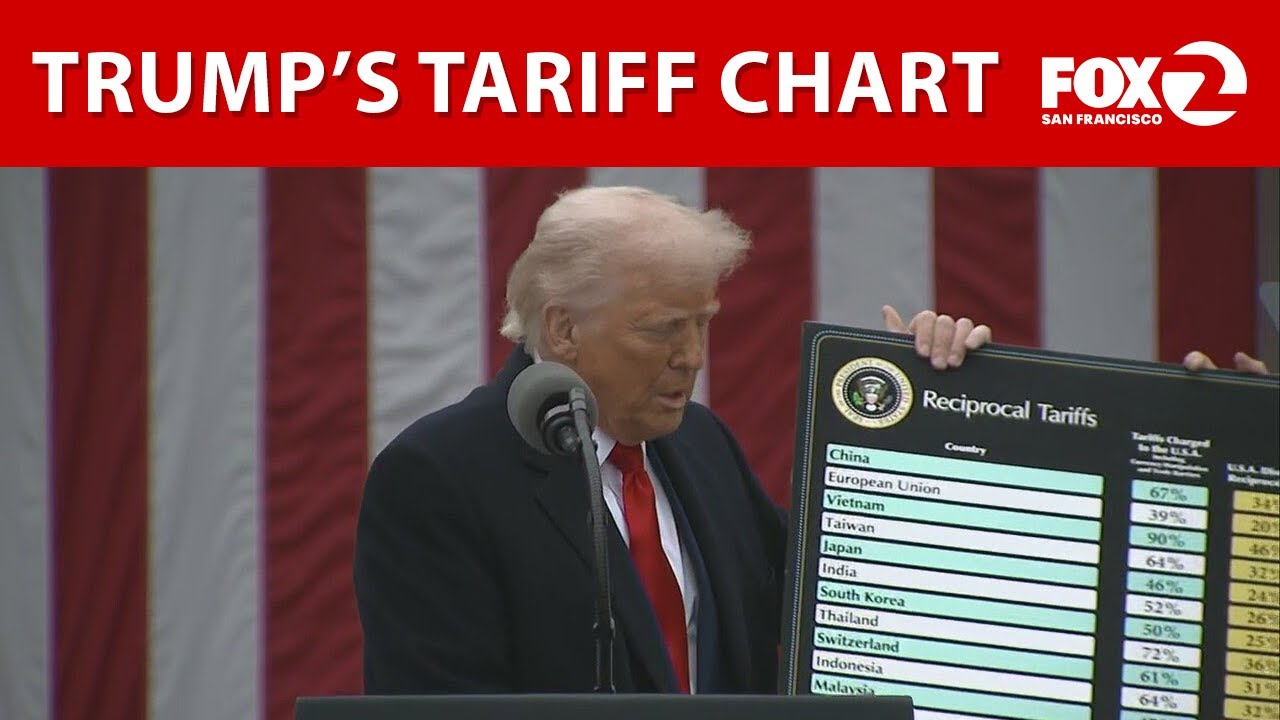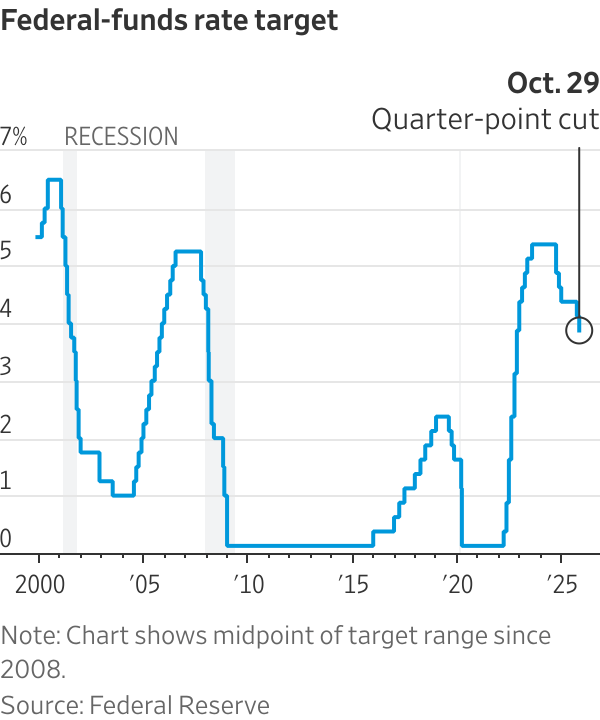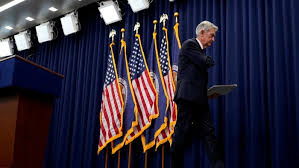
Introduction
The Trump tariffs, introduced during Donald Trump’s presidency, marked a significant shift in U.S. trade policy aimed at protecting American manufacturers and addressing trade imbalances. Understanding the implications of these tariffs is crucial, as they continue to influence economic relations between the United States and other nations, as well as domestic industries.
Background on Tariffs
In 2018, the Trump administration imposed tariffs on several imports, particularly targeting China, which included a 25% tariff on steel and a 10% tariff on aluminium. These measures were framed as an effort to revitalise U.S. manufacturing but also sparked concerns about potential trade wars and retaliation from affected countries.
Economic Impacts
The tariffs had a mixed impact on the economy. Supporters argued that they protected American jobs and industries, leading to an increase in domestic production. For instance, U.S. steel producers experienced a boost in business, with some reopening shuttered mills and hiring workers. However, critics pointed out that these tariffs resulted in increased prices for consumers and manufacturers reliant on imported materials.
Many U.S. companies reported escalated costs due to higher material prices, leading to increased prices for consumers. A report from the National Foundation for American Policy indicated that American consumers paid approximately $1.4 billion extra per month due to tariffs on Chinese imports. Subsequently, some companies moved operations overseas to mitigate the financial burden, challenging the intended protectionist objectives.
Retaliatory Measures
In response to the tariffs, affected countries implemented their own tariffs on U.S. goods, significantly impacting American farmers and manufacturers. Agriculture, particularly soybeans and corn, saw downturns in exports, leading to financial strain on rural communities. Subsidy programs were established to support these farmers, with the U.S. Department of Agriculture providing billions in aid.
Future Outlook
<pAs the Biden administration began reshaping trade policy, the future of Trump tariffs remains uncertain. Discussions around easing or modifying existing tariffs are underway, considering their effects on inflation and supply chains. Analysts suggest that finding a balanced approach that supports American businesses while fostering global trade relations will be essential moving forward. The ongoing geopolitical tensions and supply chain challenges will also play a significant role in determining the fate of these tariffs.
Conclusion
The Trump tariffs have had a lasting impact on U.S. trade policies, with complex implications for domestic industries and international relations. While they aimed to protect American jobs, the broader economic consequences reflect the turbulent nature of trade dynamics in a globalised economy. As the world transitions from pandemic-related disruptions, re-evaluating these tariffs may be necessary to align with contemporary economic needs and relationships.
You may also like

Discovering Newport County: Cultural and Economic Significance

Understanding Fed Rate Cuts and Their Economic Impact
